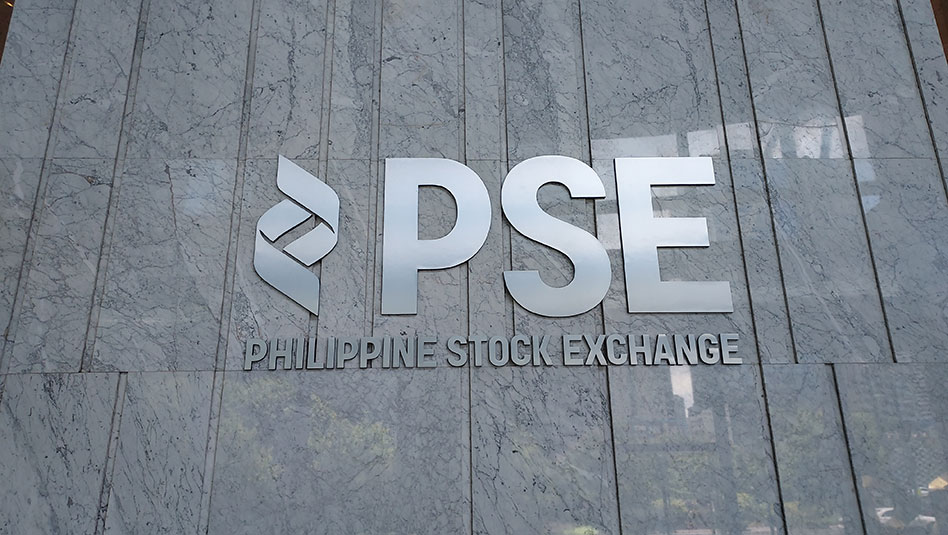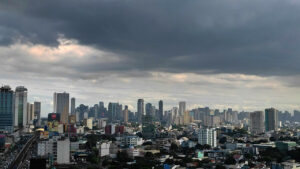The country’s external debt service burden jumped to USD 17.16 billion in 2024, according to preliminary data from the Bangko Sentral ng Pilipinas (BSP).
Central bank data showed debt servicing on external borrowings climbed by 15.6% to USD 17.16 billion last year from USD 14.85 billion in 2023.
Broken down, amortization payments rose by 15.3% to USD 8.94 billion in 2024 from USD 7.76 billion in the previous year.
Meanwhile, interest payments increased by 15.9% year on year to USD 8.22 billion in 2024 from USD 7.1 billion in 2023.
The BSP said that the debt service burden represents principal and interest payments after rescheduling.
This includes principal and interest payments on fixed medium- and long-term credits including International Monetary Fund credits, loans covered by the Paris Club and commercial banks’ rescheduling, and New Money Facilities.
It also covers interest payments on fixed and revolving short-term liabilities of banks and nonbanks.
However, the debt service burden data exclude prepayments on future years’ maturities of foreign loans and principal payments on fixed and revolving short-term liabilities of banks and nonbanks.
Latest data from the BSP showed the Philippines’ outstanding external debt rose by 9.8% to USD 137.63 billion as of end-December 2024 from USD 125.39 billion in the same period in 2023.
This brought the external debt-to-gross domestic product (GDP) ratio to 29.8% at the end of 2024, higher than 28.7% at end-2023.
At end-2024, the external debt service burden as a share of GDP stood at 3.7%, up from 3.4% in the previous year.
The BSP’s external debt data cover borrowings of Philippine residents from nonresident creditors, regardless of sector, maturity, creditor type, debt instruments or currency denomination.
Rizal Commercial Banking Corp. Chief Economist Michael L. Ricafort said the rise in external debt payments was due to the National Government’s need to finance the budget deficit amid relatively higher interest rates.
“Large amounts of borrowings since the pandemic also increased both principal and interest payments, as some of them already started to mature,” he said.
“However, most of the country’s external debts are mostly medium- to long-term, thereby making debt servicing more manageable,” he added.
The NG’s budget deficit narrowed by 0.38% to PHP 1.506 trillion in 2024 from PHP 1.512 trillion in 2023. However, it exceeded the PHP 1.48-trillion deficit ceiling set by the Development Budget Coordination Committee.
“Going forward, future external borrowings would be a function of budget deficit performance in the coming months amid tax and other fiscal reform measures to help narrow the budget deficit,” Mr. Ricafort said.
Further policy easing by the BSP could also help ease interest payments, he added.
From this year to 2027, the NG plans to source at least 80% of its borrowing program from domestic sources, and 20% from foreign lenders. The government previously adopted a 75:25 borrowing mix. — Luisa Maria Jacinta C. Jocson







 DOWNLOAD
DOWNLOAD

















